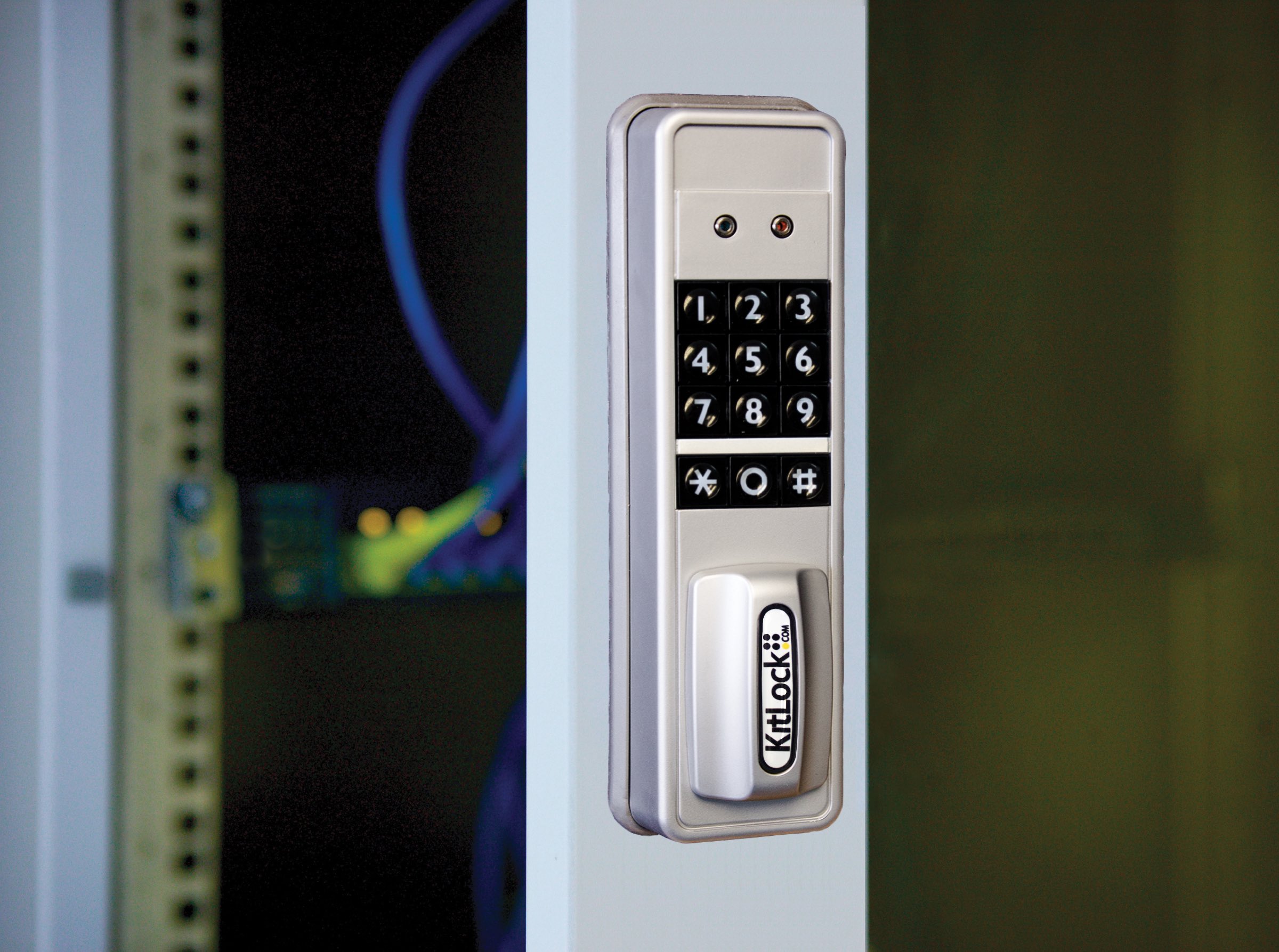- £ GBP
- $ USD
- $ AUD
If you saw our news last week, you'll know that we've launched a brand new SMART locker lock that takes full advantage of several different digital lock technologies. Designed with flexible access in mind, the new KitLock 1550 gives you a choice of access options, i.e. codes and/or cards, and allows you to operate the lock either manually via the keypad or through an NFC-enabled tablet (sold separately). It also allows you to control access from a remote location by setting up and issuing a NetCode® from our web-based Codelocks Connect Portal.

In this blog post, we describe the ways in which the lock can be operated and look at the applications it's suitable for. The new KitLock 1550 SMART lock has three programmable functions:Private Use, Public Use and NetCode.
This is the default mode and it's used where access is needed for one person or a small group of people over and over again. A good example of this is a hospital medical cart where a group of nurses need regular access to medicine. In this instance, the lock can operate with up to 20 individual codes or 50 MIFARE-based smart cards.
In Public Use mode the locker lock is ideal for short-term, multi-occupancy applications in gyms, health clubs and fitness centres. Here the lock can be accessed by code (selected by the user, which will lock and open the door only once, then be erased) or up to 50 MIFARE-based smart cards. The cards are particularly useful for staff at gyms, health clubs and fitness centres for locker access when a user can't remember their code.
In this mode, you can generate time-sensitive access codes from our web-based Codelocks Connect Portal. The codes can be sent via SMS or emailed to an individual on the day access is required. This function is convenient when service engineers need to visit equipment secured in remote cabinets or enclosures. Here, the service engineer can also use his or her pre-registered mobile phone to generate a NetCode by SMS for instant access.
The KL1550 can either be operated manually via the keypad, where access codes and functions are managed by punching in button sequences on the keypad, or used in conjunction with the NFC tablet.
Using the tablet allows you to automatically program settings without having to touch the lock's keypad. This feature is particularly useful for operators with large numbers of KL1550 locks under their control, as it significantly cuts down the time it takes to manage access permissions.
Additionally, you can use the NFC tablet to view the audit trail data stored by the lock - a useful tool if you need to keep track of when and where access permissions are used.
To view more features and for information on pricing and availability, visit our website or contact us.
10, Nov 2015